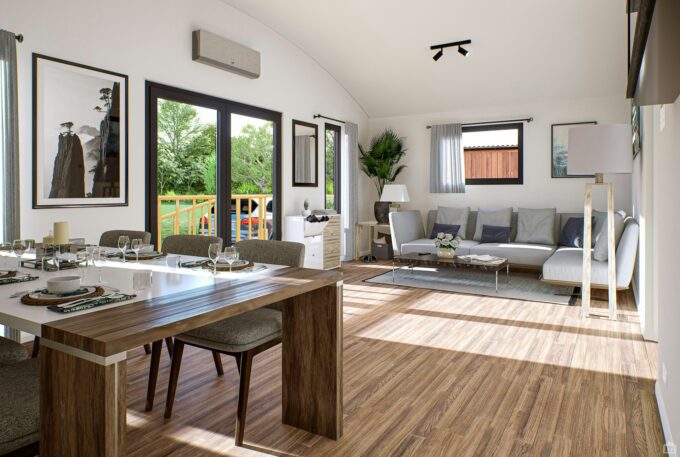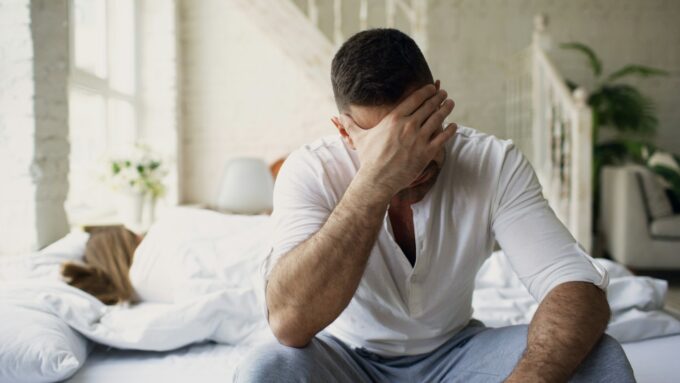The way you dress isn’t just about style—it’s a way of communicating who you are. Clothing allows individuals to share their identity, culture, and even mood without having to say a word.
Research shows that self-expression can significantly impact mental health. Wearing colors or outfits you feel good in can boost confidence and enhance your overall well-being.
For example, think about how your favorite outfit makes you feel. Maybe it’s a bright-colored dress that energizes you, or a tailored suit that makes you feel powerful. These choices go beyond aesthetics—they’re an extension of how you present yourself to the world.
Practical Tip:
Explore your wardrobe and identify pieces that genuinely make you feel happy and confident. Build on those styles to reflect your evolving personality and mental state.
The Psychology of Colors in Fashion
Colors can evoke strong emotions, both consciously and subconsciously, influencing your mood and outlook.
Bright colors like yellow or pink are associated with positivity, while neutral tones such as gray may convey calmness (or sometimes low energy). Here’s how you can harness the psychology of color in fashion wellness:
- Red boosts energy and confidence, great for days you need extra motivation.
- Blue promotes tranquility, helping with stress relief.
- Green symbolizes balance and harmony, excellent for grounding yourself.
By being mindful of your color choices, you can create a wardrobe that supports your mental health and wellness goals.
The Role of Comfortable Clothing in Mental Health
It’s hard to feel your best mentally when your body feels restricted by tight or uncomfortable clothing. Fabrics and fits influence not just how you look but also how you feel.
For instance, soft, breathable materials like cotton or bamboo can create a sense of physical comfort that translates into emotional ease.
During the pandemic, there was a noticeable trend toward loungewear, which highlighted the connection between comfort and mental wellness. But balance is key—even when prioritizing comfort, dressing purposefully for your day can improve focus and productivity.
Practical Tip:
Focus on clothing that feels good on your skin and fits your body comfortably while still reflecting your personal style.
The Power of Dressing for the Occasion
What you wear often influences how you’re treated by others and, more importantly, how you view yourself.
Whether it’s putting on a polished blazer for an important presentation or wearing workout clothes that fit well and motivate you to exercise, dressing for specific occasions can set the tone for your mindset and behavior.
By dressing intentionally, you can use fashion as an empowering tool to align with your goals, creating a positive cycle of self-perception and mental health benefits.
How Community and Fashion Intersect
Fashion has always been a means of bringing people together. Communities built around shared styles or aesthetics can foster connection and belonging, which are crucial for mental health.
From online groups for specific fashion subcultures to local thrift store enthusiasts connecting over ethical fashion, these communities offer support and a common purpose.
Connecting with like-minded individuals allows you to express your love for fashion while reinforcing your sense of identity and self-worth.
Practical Tip:
Find or join fashion-focused communities online or locally to share inspiration, gain support, and build connections.
The Therapeutic Effects of Sustainable Practices
Sustainability within fashion can also contribute positively to mental health by aligning with values that promote mindfulness and fulfillment. Supporting ethical brands or creating a capsule wardrobe reduces decision fatigue and promotes intentional living.
Knowing that your choices are making a difference for the planet can provide a unique sense of purpose and satisfaction. Building a sustainable wardrobe aligns with both “fashion wellness” and mental health goals, allowing for more conscious and rewarding consumer habits.
Practical Tip:
Start small—identify one or two sustainable brands that resonate with you or commit to thrifting at least once a month.
Building a Fashion Routine for Wellness
Creating a personal fashion routine can help establish consistency and develop a lasting sense of well-being. For example, amp up your wardrobe with staple items that resonate with your mood or daily routine.
From planning outfits for a fulfilling workday to styling items that elevate your weekend relaxation, fashion becomes part of a continuous self-care process. A structured yet flexible fashion routine builds mental clarity by reducing indecisiveness and promoting proactive choices.
Practical Tip:
Dedicate 10 minutes at the start of every week to plan outfits based on your schedule, making intentional choices that align with your work, social, and relaxation needs.
Take Your First Step Toward Style Confidence
The connection between how we dress and how we feel is undeniable. Incorporating intentional fashion choices into your life can actively support your mental wellness, helping you feel confident, comfortable, and connected.
Whether you start by rethinking your color palette, supporting sustainable brands, or simply swapping in more comfortable clothing, these choices pave the way for positive change.
Use fashion as a tool to express your values, uplift your self-esteem, and foster a sense of belonging. It’s more than clothes—it’s your well-being woven into every stitch.














